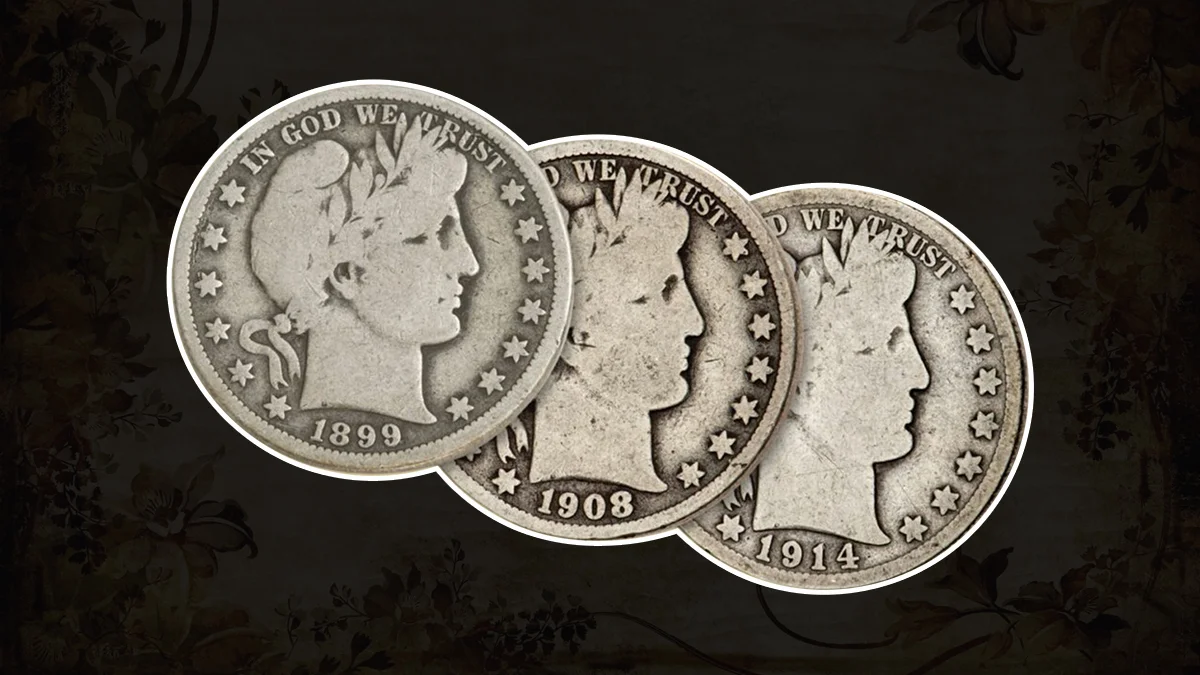
One of the rare coins in American coinage history is the Barber half-dollar. These coins, which were made between 1892 and 1915, are more than a century old and can be highly valuable if they are preserved in good condition. Collectors and enthusiasts can better evaluate their value if they understand how to grade them. Although getting a professional evaluation is always an excellent option, it may also be very helpful for understanding the grading process yourself.
Barber Half Dollar Grading Standards
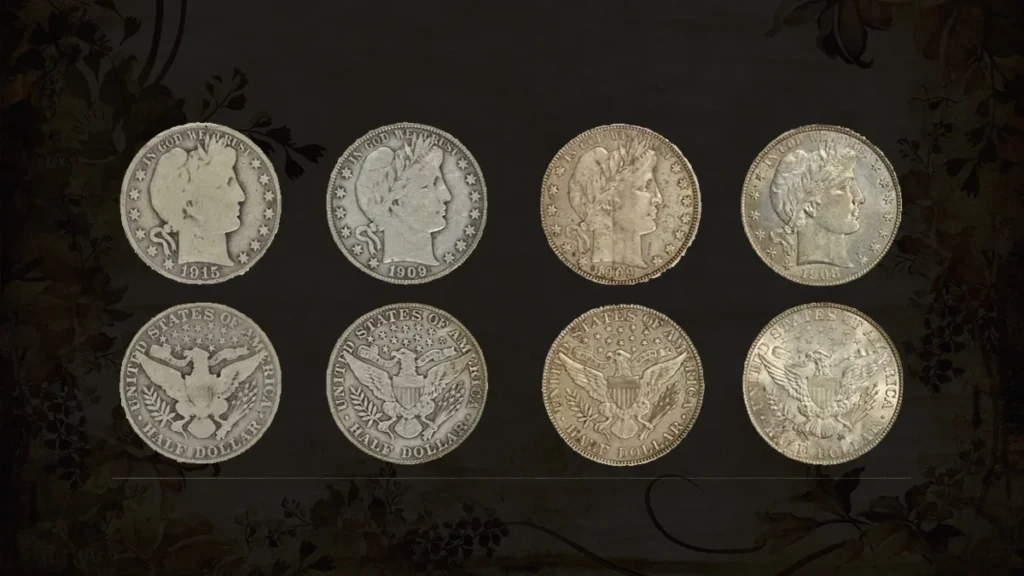
Successfully grading coins needs evaluating their overall design and condition. Today, the Sheldon scale, which ranges from 1 to 70, is the most commonly utilized grading system. Coins with heavy wear are graded 1, and coins in perfect, mint condition are graded 70. The main factors determining a Barber half-dollar’s grade are listed below:
- Strike Quality: The sharpness of the design.
- Presence of the Mint Mark: Indicates where the coin was minted.
- Levels of Preservation: Wear and general condition.
- Luster: The natural shine of the coins.
- Color: Tone and other aging-related changes.
- Attractiveness: Visual attractiveness in overall.
Understanding the Grades for Barber Half Dollars
Each grade has different levels of wear and detail visibility. Let’s go through the main grades for Barber half-dollars:
About Good (AG)
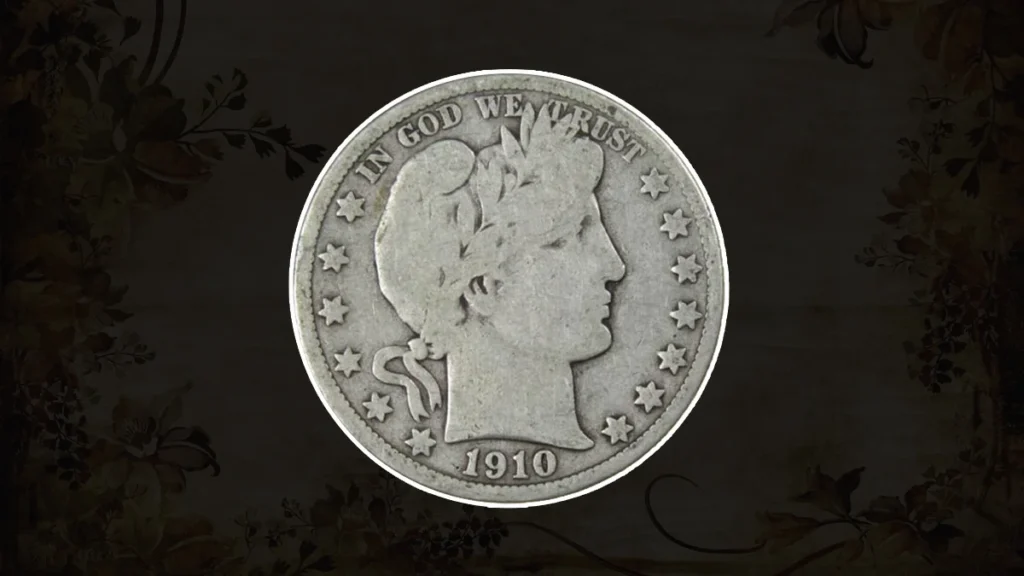
Coins graded as About Good show heavy wear and are generally not demanded by collectors.
Obverse: Liberty’s head is outlined, but most details are smoothed out. The stars near the edge are faint, nearly blending into the edge. The minting date is worn down but still visible.
Reverse: Although the eagle form is visible, most of the little details are missing. It can be difficult to read the inscriptions, which have the denomination, but sometimes the mint mark is visible.
Good (G, G4, G6)
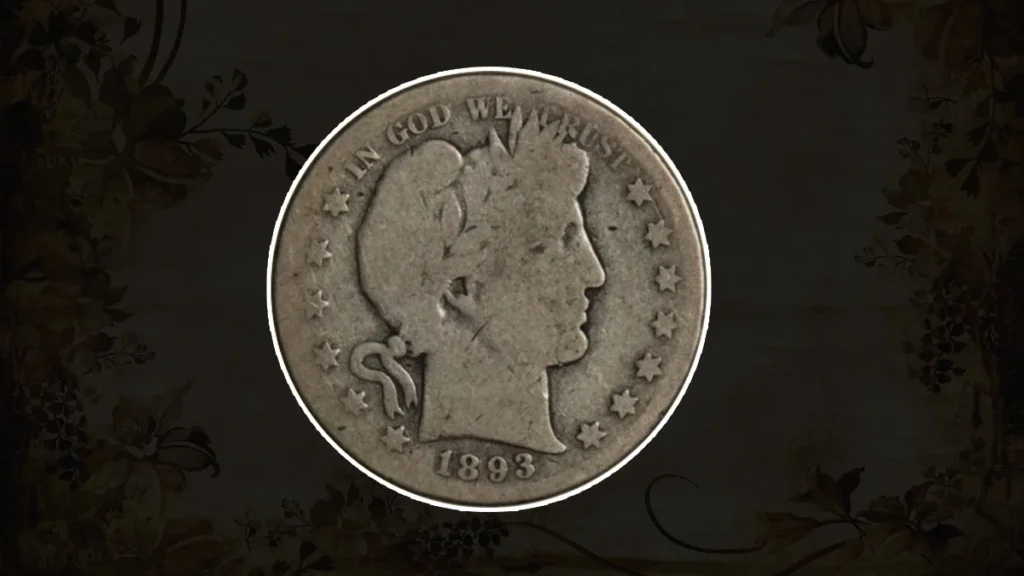
Despite being more worn than coins of a better grade, these coins always have some unique features.
Obverse: You can see Liberty’s head, but most features are smoothed. The eye, ear, and a couple of leaves in the wreath are barely visible. The word LIBERTY is nearly gone, but the ribbon and knot remain. The coin edge and date are worn but undamaged.
Reverse: The eagle’s shape is present but lacks detail. Some vertical lines on the shield may be faintly visible, while horizontal ones are not. The wings are outlined but merged with the inscriptions.
Very Good (VG, VG8, VG10)
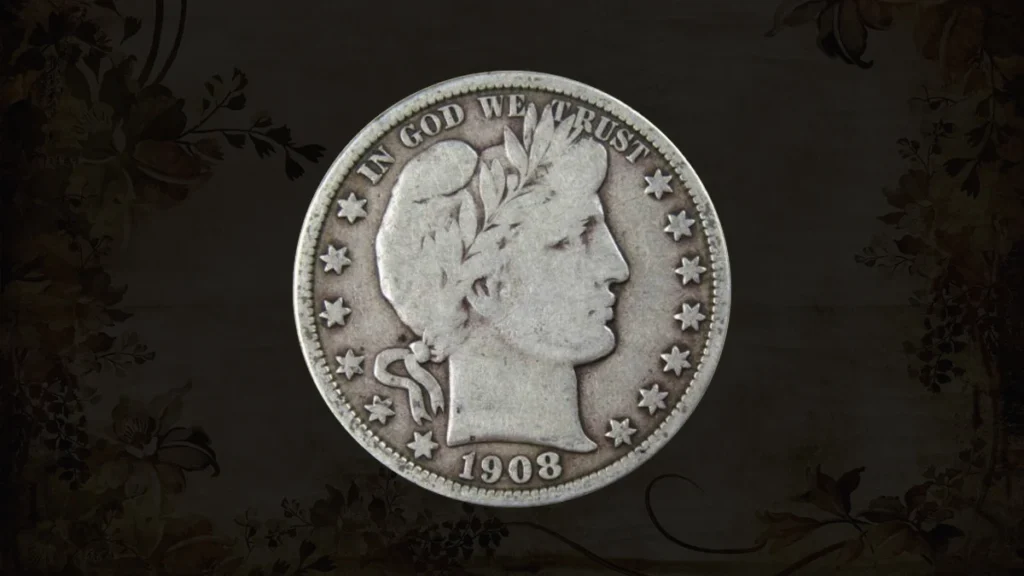
In this grade, there is noticeable wear, but some design elements are clear.
Obverse: Liberty’s head has some defined features, but facial details are worn. At least three letters of LIBERTY are visible, though faded. The edge, date, and inscriptions are more clear.
Reverse: Some details on the eagle and the shield are visible. The eye is outlined, and parts of the arrows and olive branch are present but flattened. The inscriptions along the edge are readable.
Fine (F, F12, F15)

Coins in Fine condition show moderate wear, but many details are undamaged, making them desirable to collectors.
Obverse: All letters in LIBERTY are visible, though the E and R may be faint. Details in Liberty’s hair and the laurel wreath can be seen. The jawline is clear, and the inscriptions are fully legible.
Reverse: The eagle’s feathers are more described, though worn at the tips. Vertical lines on the shield are clearer, but horizontal ones may still be absent. Most details on the ribbon are visible.
Very Fine (VF, VF20, VF25, VF30, VF35)
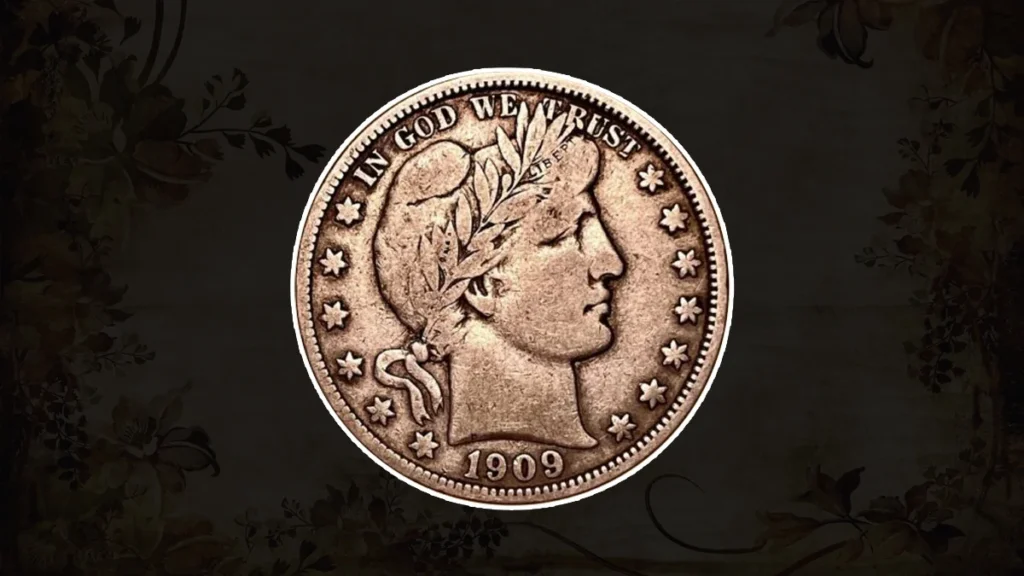
Coins with a Very Fine grade are appealing to collectors because of their visible details despite light wear.
Obverse: All the letters in LIBERTY are easy to see. You can spot hair strands and the folds in the cap. The laurel leaves and facial features show more definition.
Reverse: The eagle’s feathers and the tail have clear details. The shield shows vertical and some horizontal stripes. The inscription E PLURIBUS UNUM on the ribbon is complete.
Extra Fine (EF40, EF45)
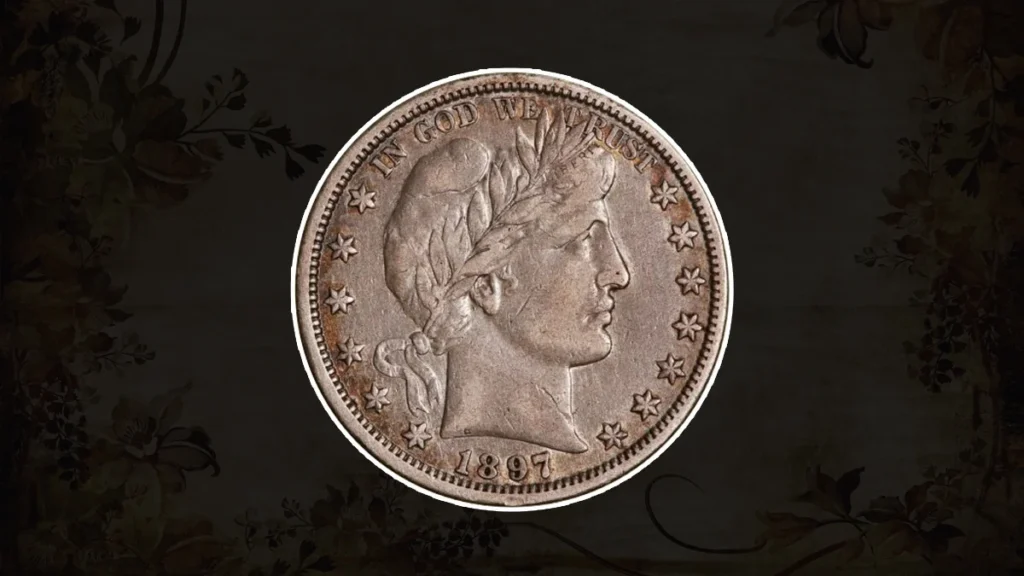
These coins have more specific details and only light wear. They may still retain parts of their original mint luster.
Obverse: All the letters in LIBERTY are bold, though the band under the E and R may show slight wear. You can see hair strands and clear leaves.
Reverse: The eagle’s wings and tail feathers are detailed with only minor wear at the tips. The shield has vertical and horizontal lines, and the arrows are well-defined.
About Uncirculated (AU50, AU55, AU58)
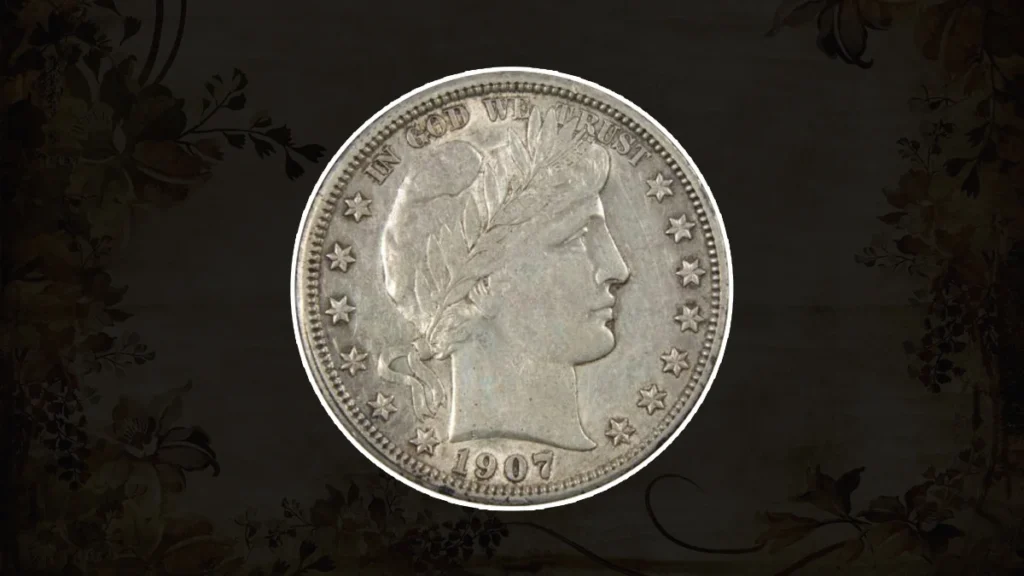
These coins have very slight signs of wear but have much of their original shine.
Obverse: Slight wear may seem on Liberty’s hair and cheeks. The word LIBERTY and other design elements are clear, and the luster is partially present.
Reverse: Details like the tips of the wings and the tail show minimal wear. The shield is clear with both sets of stripes visible.
Mint State (MS60 to MS70)
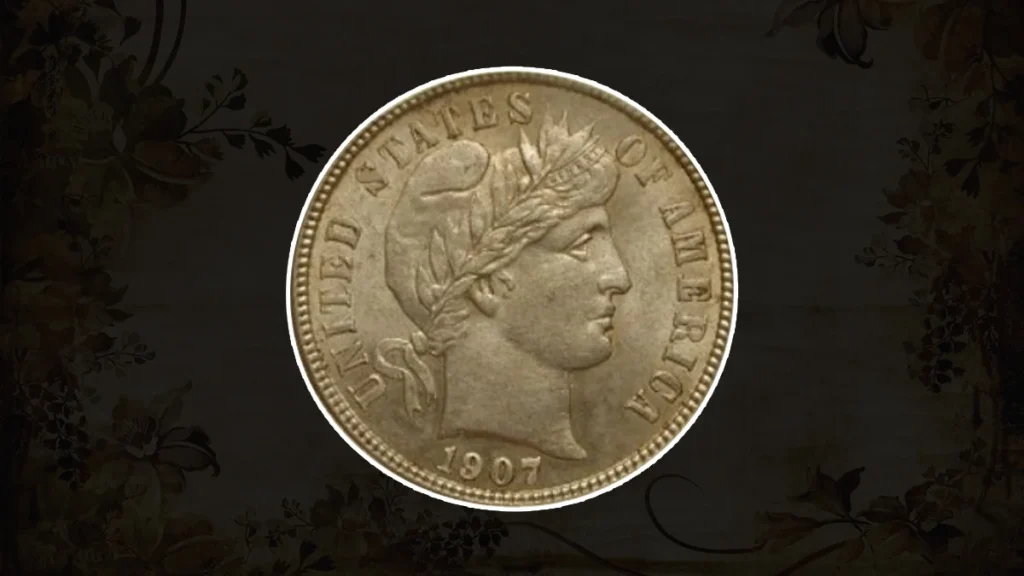
These are uncirculated coins with full details and original luster.
MS60: Minor contact marks are present, but the coin is still appealing.
MS65: Nearly full luster with a few tiny contact marks.
MS67: High-quality luster with exceptional details and minimal flaws.
Important Notes on Toning and Cleaning
Toning refers to the natural color change over time because of oxidation. Some collectors value coins with attractive toning. However, cleaned coins often lose their luster and develop scratches, reducing their value.
Tips for Evaluating Your Barber Half-Dollar
- Use a magnifying glass to spot tiny details.
- Check for any signs of cleaning or polishing.
- Consider the mint mark as some mints produced fewer coins, making them rarer.
Related Post –
- How to Grade Franklin Half Dollar?
- How to Grade Barber Dimes?
- How to Grade Liberty Nickels: A Beginner’s Guide
- How to Grade Indian Head Penny?
Conclusion
Barber half-dollar grading needs care along with an understanding of the different grading levels. You can decide whether a professional evaluation is needed and estimate a coin’s value by being aware of these grades. All coins have a history and importance in numismatics, no matter how worn they are or how attractive they are.
FAQs
1. How do I know if my Barber half-dollar is valuable?
You can check the grade, mint mark, and rarity. Higher-grade coins and those from rarer mints grow to be more valuable.
2. What tools do I need for grading?
Tools like a magnifying glass, good lighting, and possibly a grading guidebook are important.
3. Is toning bad for my coin’s value?
It is not necessary. Some toning is desirable, but excessive cleaning can hurt a coin’s value.
4. Can I clean my coin to enhance its grade?
No, cleaning often reduces a coin’s value by removing luster and adding scratches.
5. Where can I bring my Barber half-dollar appraised?
Professional coin dealers or certified appraisal services can provide a reliable evaluation.
